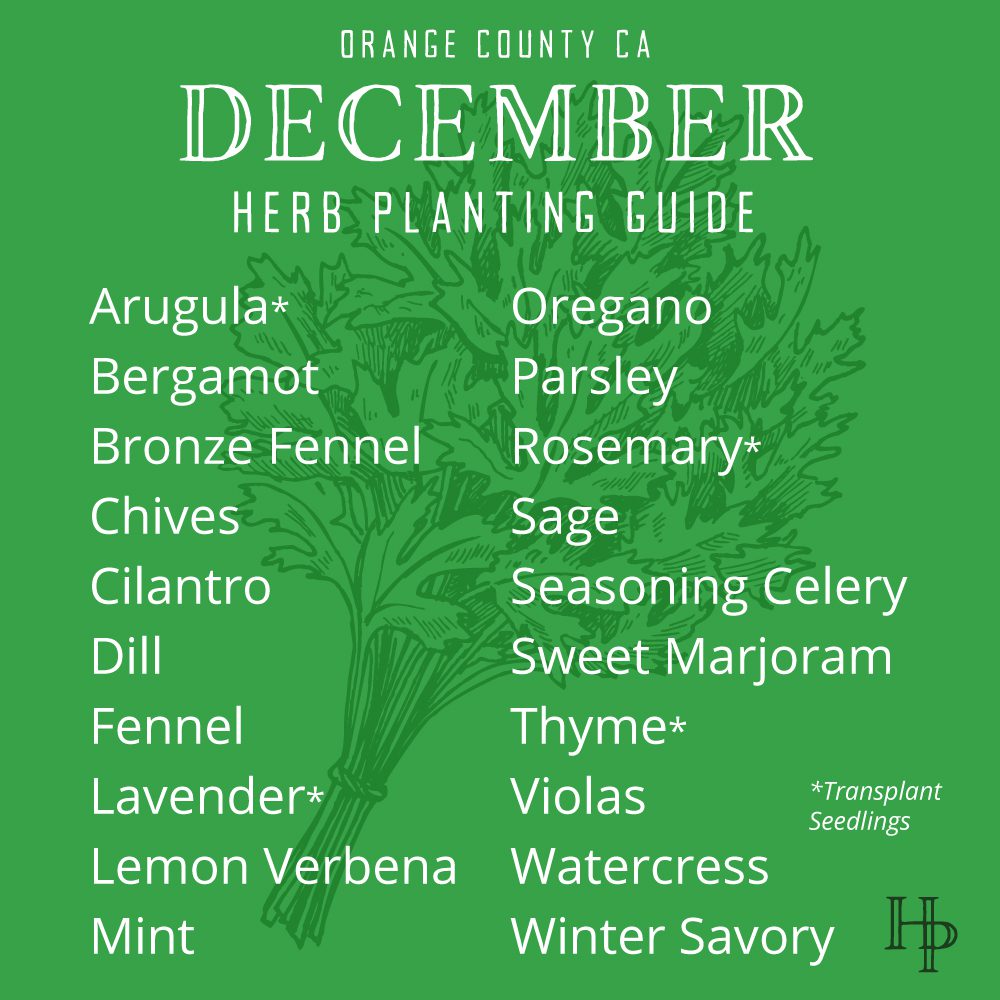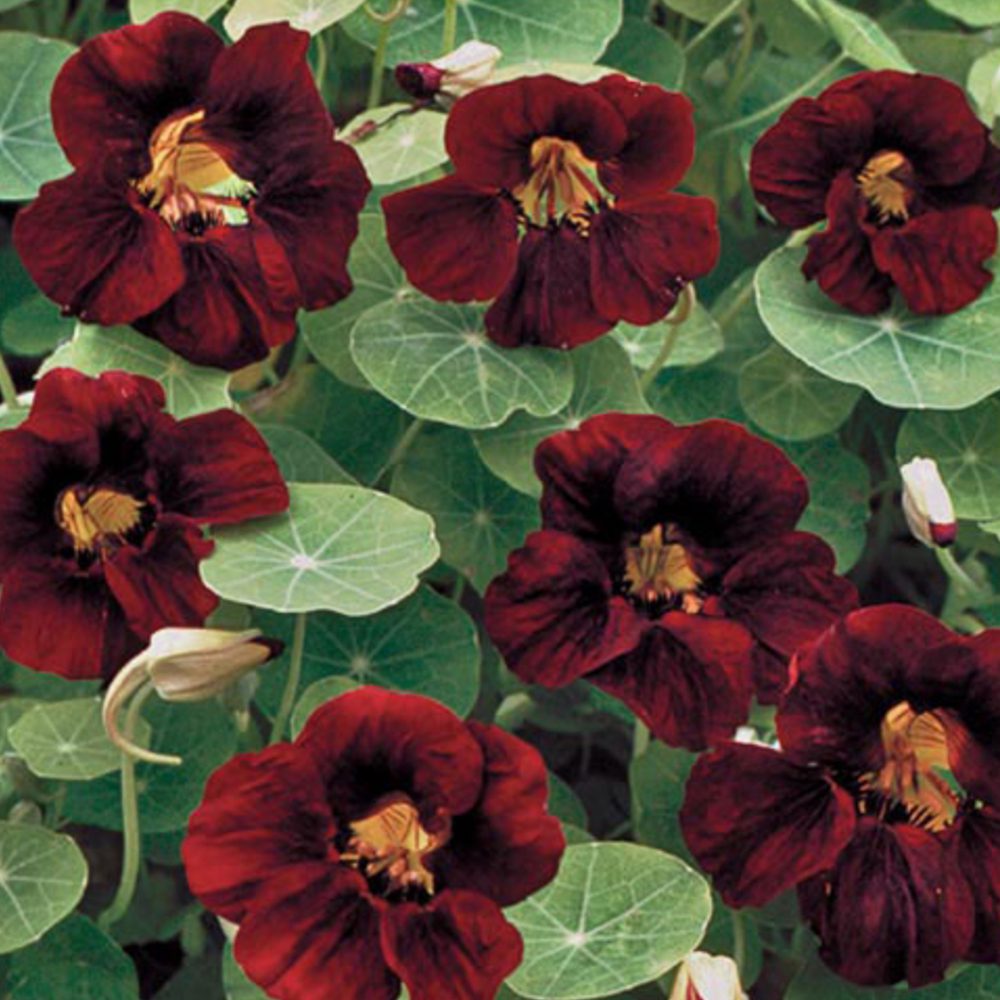Orange County December Planting Guide
December 1
3 MIN READ
0 Comments
365 days of growing in Southern California.
Our nights may be getting cooler (okay, they are cold by CA standards), but the temperatures during the day are warm enough to keep gardens growing. There are plenty of cool-season options to keep harvesting for the next few months.
As we wrap up the year, now is the time to sow your succession crops in the garden (second or third round of the same plants) to ensure a continual harvest. With spring only a few months away, it’s also time to reflect on the year and start planning for spring. Heirloom Potager is designing new garden installations for commercial and residential clients and will be planting again in the neighborhood community garden. Check out the Orange County CA December planting guide.
Disclaimer: Please note that some of the links on this page are affiliate links and Heirloom Potager earns a commission if you purchase through those links. We use these commissions to help fun our community give back program that offers garden education, garden development, and training for culinary students in Orange County, CA. We use all of the products that are recommended and only share because they are companies we have found worthy of the investment.
Planning a Winter Garden with Cool Season Plants
Here are a some great options for your December planting list:
Artichoke, Asparagus, Beets, Bok Choy, Broccoli*, Cabbage*, Carrots, Cauliflower*, Daikon, Endive, Kale, Lettuces, Mustard Greens, Onions, Parsnips, Potatoes, Radicchio, Radish, Scallions, Snow Peas, Spinach, Sugar Peas, Swiss Chard
Herbs: Arugula*, Bronze Fennel, Chives, Cilantro, Dill, Fennel, Lavender*, Mint, Nasturtium, Oregano, Parsley, Rosemary*, Sage, Seasoning Celery, Sweet Marjoram, Thyme*, Violas, Watercress, Winter Savory
*Transplant Seedlings
Unique Heirloom Varieties to Plant this Season
Practice Companion Planting for Your Fall Garden
Companion planting is a very old-world, organic gardening method rooted in creating a diverse ecosystem of fruits, vegetables, herbs, and flowers grown int he same space. As a result of inter-planting, you’ll create a more habitable environment for plants, improve soil health, and reduce the resources needed to grow sustainable amounts of produce.
Consider inter-planting some herbs with your fruits and vegetables this year to attract more pollinators and help keep pesky bugs at bay.
With a long and tenured history, the practice of companion planning was primarily practiced by home gardeners who weren’t driven solely by efficient outputs. However, as the impact of climate change grows and concerns over the use of pesticides for health increase, more and more gardeners (both home and commercial) are starting to implement the practice of companion planting.







Leave A Comment